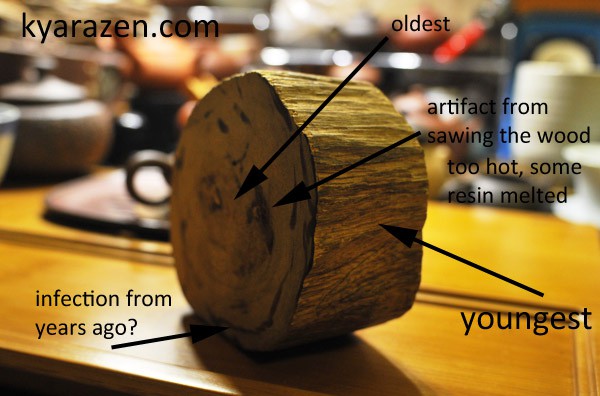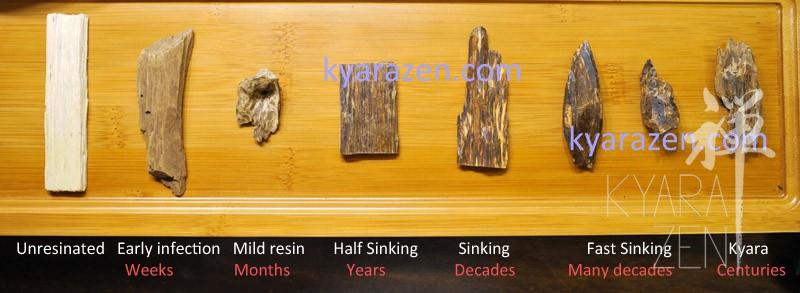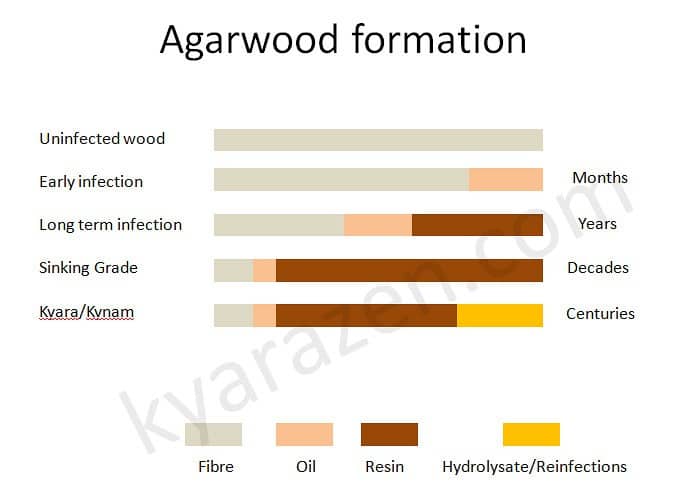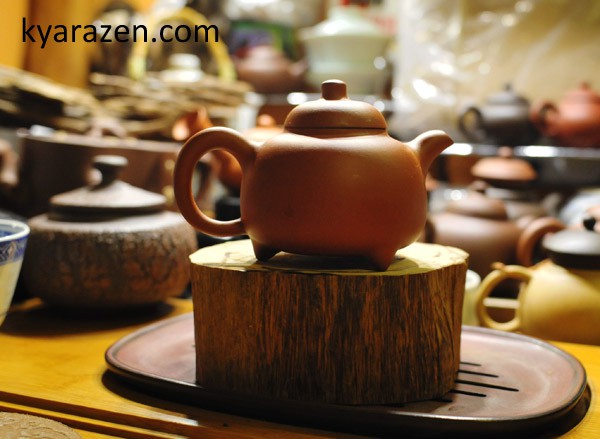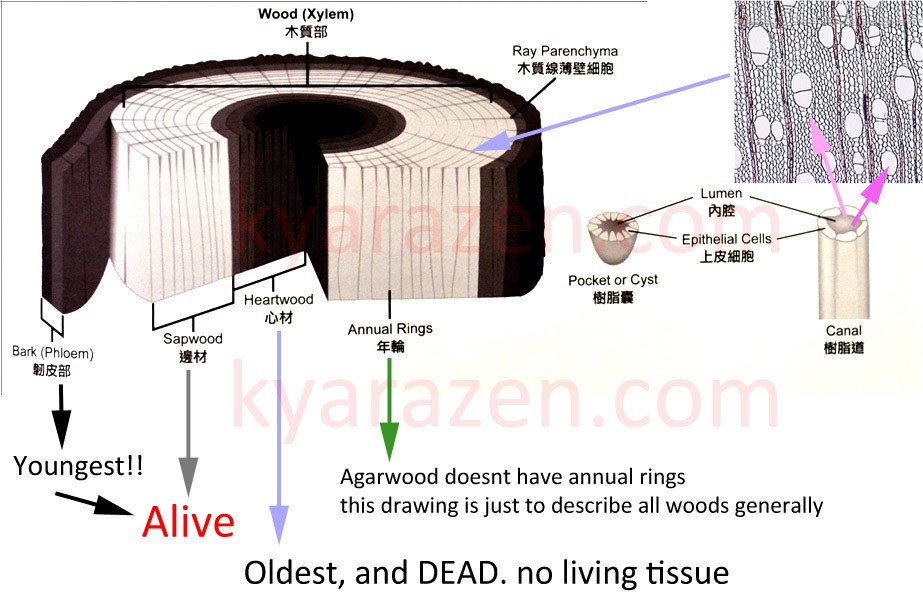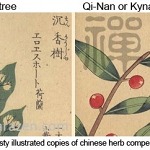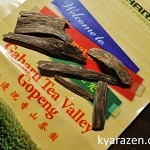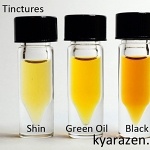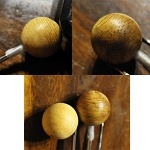Does the age of the agarwood tree matter??!!
Actually….. the age of the infection/resination is the most important, not particularly the age of the tree.
If you have had chopped down an agarwood tree that is a couple hundred years old.. you will find quite significant amounts of white wood. Poor old tree. And if you have had read or watched some agarwood related videos from China, they mention that research showed that an agarwood tree should be minimum 12 years old before artificial induction, this is because the resin duct system of the tree would have been mature by then.
Why is the age of the infection/resination that important? Because a constant stimulus over time is needed for the tree to make good wild agarwood. The natural process over time creates an excellent smelling product that is sought after for centuries, and even now.
Nowadays, its been said that there are chemical and innoculation techniques that can create sinking wood in short times. That’s pretty interesting and perhaps kinetically challenging. A process that nature took decades, now can be done in very much shorter times? More questions can be raised, particularly that, is it a sure win strategy and that after the innoculation ever tree and every infection becomes sinking material? And if so effective, why aren’t large amounts of cultivated sinking materials available on the market, and why aren’t the prices of sinking agarwood ever dropping with new large consistent supplies if the innoculation method is very successful? Food for thought.
Selecting materials for distillation into oil is also very important. Its perhaps more successful to get oil from early/mid long term infection wood, or some bunkish material, than to get them form sinking heavily resinated materials.
If heavily resinated agarwood is made into oil, the consumer needs to consider if the math adds up. What is the typical yield of agarwood distillation? Why did Prof Dinh of secoin write with a picture of heavily resinated agarwood that gave very little oil on distillation? With the typical yields known, and the price per kilogram of heavily resinated agarwood in the tens of thousands at least, what would be the price per tola of such oil in this process?
Also, one cannot ignore the biology of trees. If what i mention is going to be confusing to you, do look up any professor or academic dealing with plant biology, they will be able to explain to you clearly what i was driving at. Let me first show you one of my teapot coasters. Agarwood with some decent “resination” on the periphery of the cross-section.
How old is the resination on such peripheral like formations? Simple, it probably may not be very old.
The heart wood of the tree or the centre of a cross section is always the oldest and always dead, non living. You can extract cells and materials from this part of the tree to find them totally non viable and dead. Even the resin ducts of the tree in this area is not alive. Natural agarwood resination that is located near the centre area can be associated to be very old, from a long time ago. The area just beneath the bark is the youngest. If the layer just beneath the bark, possibly around the region of the interfasicular cambium/cambium or phloem gets infected, there can be oil/resin secretion that results in the formation of a round/ring like resination. As the tree gets older, new sap wood will grow on the outside of the ring, and over the years, this ring will be crushed inwards by the growth of the tree, and deform.
As such, kyara is found in the heart of agarwood trees. This is not to say that all heartwood is kyara, most of the agarwood heartwoods are simply just high quality agarwood. No point being extremely excited about agarwood that forms in the peripheral regions of a giant agarwood tree, its probably as good as the infections that occur in a young tree with 6-8inch diameter since peripherial sapwood of agarwood is not very old.
